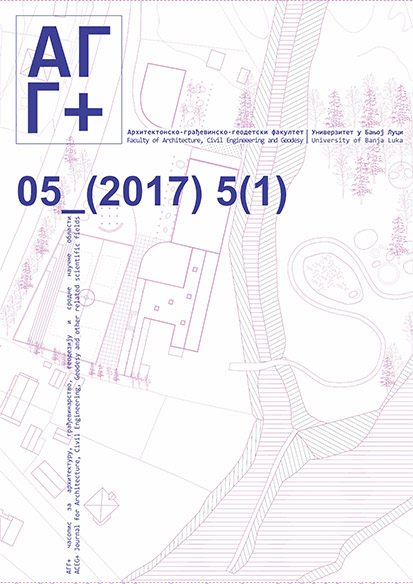The application of satellite images in astronomy
DOI:
https://doi.org/10.7251/AGGPLUS1705060RKeywords:
Spitzer, digital images, image quality improvementAbstract
Remote sensing as a research method was created out of necessity to study phenomena that by their dimensions exceed the limit of human observation capabilities. By definition, remote sensing is a method of collecting information through systems that are not in direct, physical contact with the investigated phenomenon or object. With the intensive development of remote recording, its application in many scientific fields is expanding. Thus, the application of this method of data collection has become irreplaceable in astronomy. The use of remote imaging in astronomy is reflected in the collection of data using sensitive sensors embedded in different platform types, which can be located in observatories on Earth as well as outside it. The paper presents the satellite mission Spitzer, as well as the possibility of using active sensors for imaging in astronomy. As an example of a successful radiometric improvement of the quality of a digital image for a successful analysis of images, the paper will present an improvement using histogram-based operations (a histogram extension) in the digital image of our galaxy.Downloads
Published
2017-12-29
How to Cite
[1]
M. Regodić, M. Đurić, and J. Đakić, “The application of satellite images in astronomy”, AGG+, vol. 5, no. 1, pp. 060-070, Dec. 2017.

